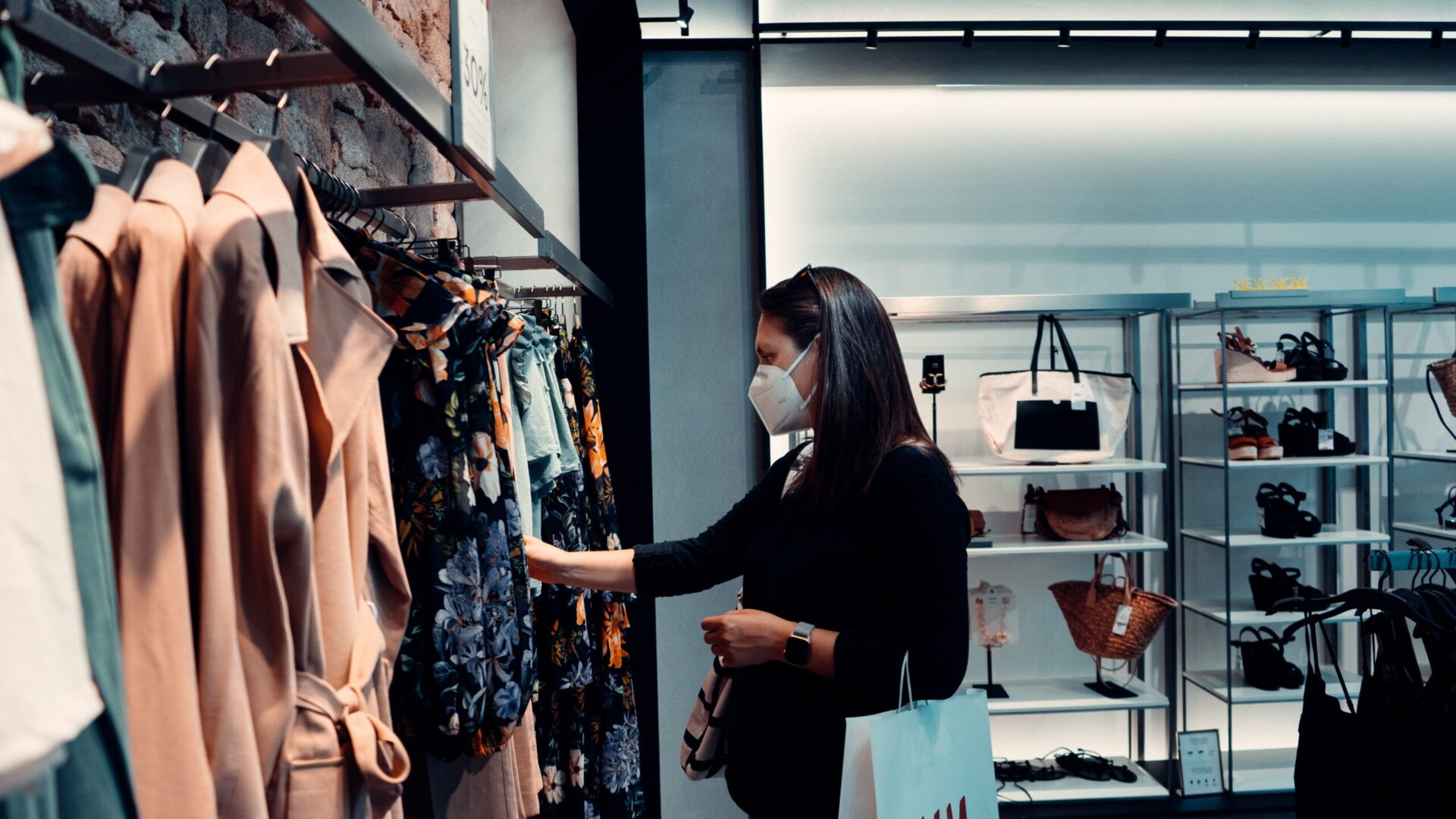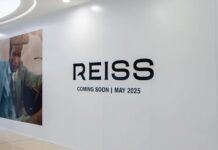Pressure has been building for several years on retailers to rethink the role of the store, and new ideas have emerged as a reaction to their Covid-induced closure that have ranged from apocalypse to new dawn.
As ever in a debate that has drawn in both amateurs and experts from across the generations, the future will be more nuanced, although it has already embraced both extremes for some retailers. 400% rises in online orders for some retailers contrast with a complete withdrawal from the high street after 100 years for others.

Retail never saw anything quite like it in any crisis of any kind in its history, so the extreme views Covid has set off are not at all surprising. And, as it turns out, they are refreshing for those retailers that have been trying for some years to understand the role of the store in an increasingly digital world.
The store now lives in a digital world and with up to 80% of certain types of purchase starting online, the advent of click & collect is only the first major symptom of a power shift from physical retail to online.
Retailers will therefore have to think beyond fulfilment, which is the area that dominated the headlines in 2020, not least for innovations such as curbside delivery. The focus now needs to be on how the store can initiate, complement or complete a journey that started on line.
At one extreme, the idea of the stockless store is being considered – a space dedicated entirely to immersive experiences that prioritise touch and feel over sales; the actual purchase being made online, something that consumers are now well adjusted to.
At the other end of the spectrum, the store continues in its traditional role, but ensures that any journey that began online can be continued or completed in the store. A typical example of how this currently does not work and surely needs fixing, is the world of promotions, offers and rewards.
Retailers don’t need reminding that they make a significant investment in trying to win new customers and to sell to existing ones, any more than they need reminding that they having to communicate promotional and loyalty messages across a growing number of channels.
For instance, Facebook, Instagram and even TikTok are now sales channels, adding to the headache for retailers of how on earth they can match insight into customer behaviour and preferences to quite so many outlets.
This dispersal was highlighted by our recent research which showed female shoppers (18%) accessed promotions hosted on social media twice as frequently as men (9%), with 46% of all shoppers aged 18-34 using social channels as a source of retailer and brand offers. Use of promotions via push notifications from retailers’ apps was also highest amongst Gen Z (18-24-year-old) shoppers at 33% as opposed to 24% across older age groups.
The answer so far has been for retailers to dilute their promotional spend across more and more channels, but with no or very limited consistency of message, content, offer, redemption or fulfilment across them.
The result in-store is that, unless the promotion was built exclusively for the store, staff struggle to process it, creating frustration for the consumer and added workload for staff who then must deal with another frustrated customer that is waiting patiently in line. It is a scenario so familiar that it has almost become business as usual and assumed to be insoluble.
The knock-on effect is that footfall in stores, already under threat, falls even further because the customer was given no real incentive to actually visit, and the retailer has lost the opportunity to build something compelling that builds in the excitement of a treasure hunt that starts online but delivers the big prize in store.
The solution is actually relatively simple. It requires a level of automation that enables retailers to build promotions around customer behaviour and preferences and execute and manage them across channels.
The returns are significant, visible and made quickly. In terms of marketing KPIs, this is about higher average order value, increased lifetime value, fewer returns and faster stock turns. And because much of the complexity of trying to do this manually is removed, retailers are free to turn their promotional expertise onto problem areas such as distressed stock languishing in one channel, or lapsed customers.
Greater speed to market means retailers can take advantage of new opportunities such as peak events, new customer segments and new channels. Or new techniques such as product and service bundling.
Improvements are continuous because the automated promotion system provides visibility into channel and channel mix performance.
If this sounds like an opportunity for giving away more margin through promotion, it is actually about reducing dependency on certain types of promotion that simply give away margin. Because shared views of data enable marketing, customer and digital teams to collaborate, they can focus on the best full price strategies.
One example of this is integrating customer loyalty and targeted offers into the promotional strategy in order to give each customer what they want based on their known preferences.





















